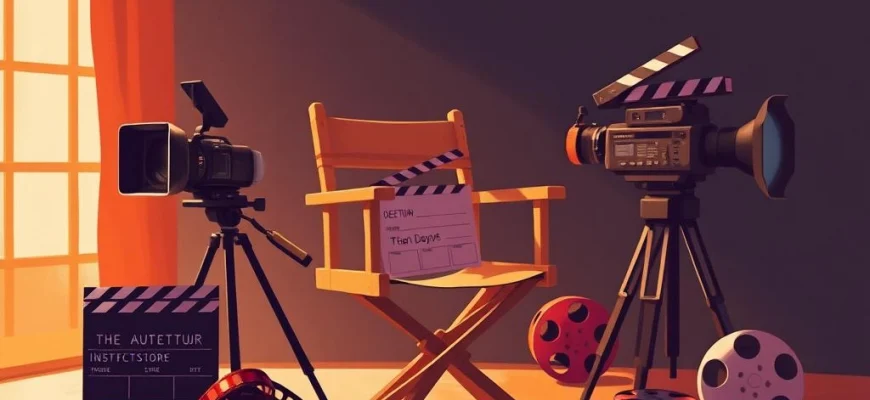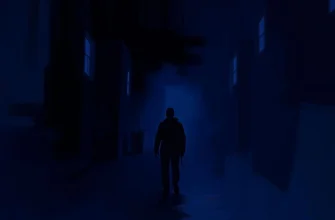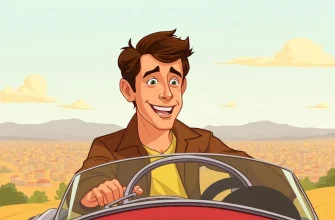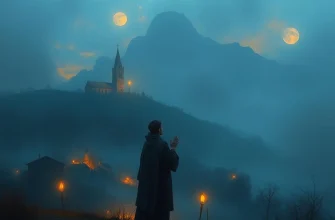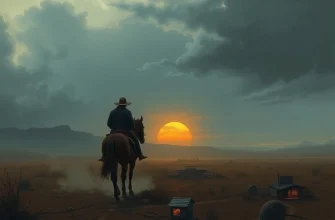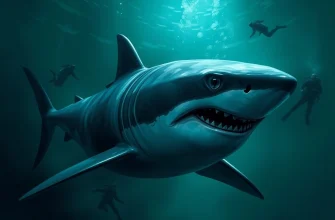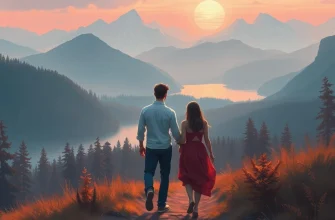Si vous avez aimé 'Mortelle théorie' (1999), ce film indépendant qui explore les méandres de la création cinématographique avec humour et profondeur, vous adorerez ces 10 œuvres similaires. Cet article vous propose une sélection variée de films et séries qui partagent son esprit audacieux, son humour noir ou son regard unique sur l'industrie du cinéma. Parfait pour les cinéphiles en quête de perles rares !
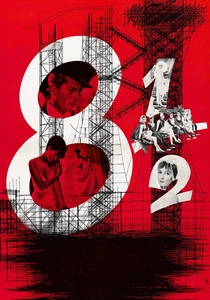
8½ (1963)
Description: A meta-narrative about the creative process, blending reality and fantasy to explore the anxieties of an artist.
Fait: The title refers to the number of films Federico Fellini had directed up to that point.
 Regarder
Regarder
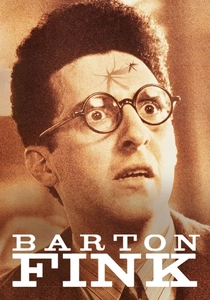
Barton Fink (1991)
Description: Delves into the struggles of artistic creation, the isolation of the creative mind, and the surreal horrors of writer's block.
Fait: The film won the Palme d'Or at Cannes, along with Best Director and Best Actor awards.
 Regarder
Regarder
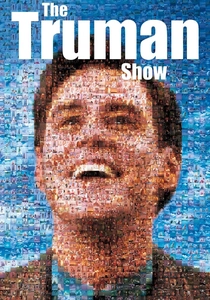
The Truman Show (1998)
Description: Examines the nature of reality, surveillance, and the performative aspects of human existence in a constructed world.
Fait: The film's concept was inspired by an episode of The Twilight Zone.
 Regarder
Regarder

Being John Malkovich (1999)
Description: Explores themes of identity, existentialism, and the blurred lines between reality and fiction through a surreal and absurdist lens.
Fait: The film was shot in just 10 weeks, and the puppeteering scenes were performed by actual puppeteers.
 Regarder
Regarder
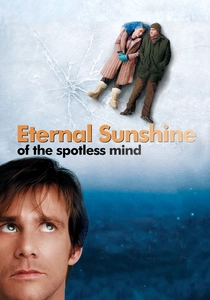
Eternal Sunshine of the Spotless Mind (2004)
Description: Uses nonlinear storytelling and surreal visuals to explore memory, love, and the pain of human connection.
Fait: The film's title is taken from a line in Alexander Pope's poem 'Eloisa to Abelard.'
 Regarder
Regarder

The Science of Sleep (2006)
Description: Merges dream and reality to explore the whimsical and often chaotic nature of creativity and human connection.
Fait: The film features handmade props and sets to emphasize its dreamlike quality.
 Regarder
Regarder
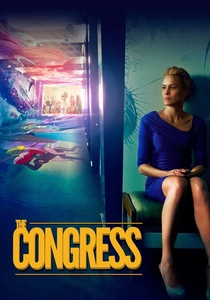
The Congress (2013)
Description: Blends live-action and animation to critique the commodification of identity and the loss of human authenticity in a digital age.
Fait: The film is loosely based on Stanisław Lem's novel 'The Futurological Congress.'
 Regarder
Regarder

The Grand Budapest Hotel (2014)
Description: A meticulously crafted, visually rich narrative that blends humor, tragedy, and nostalgia in a fictional historical setting.
Fait: The film's pastel color palette was inspired by the works of Austrian painter Gustav Klimt.
 Regarder
Regarder
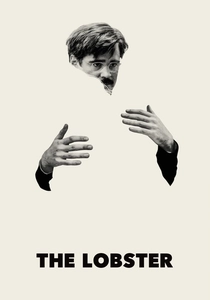
The Lobster (2015)
Description: A darkly comedic take on societal pressures, conformity, and the absurdity of human relationships through a dystopian lens.
Fait: The film was shot in Ireland, but the setting is deliberately ambiguous.
 Regarder
Regarder
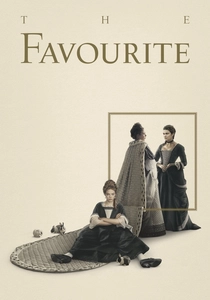
The Favourite (2018)
Description: A satirical and visually striking exploration of power, manipulation, and the absurdity of courtly life.
Fait: The film uses a fisheye lens to create a distorted, almost surreal perspective.
 Regarder
Regarder

